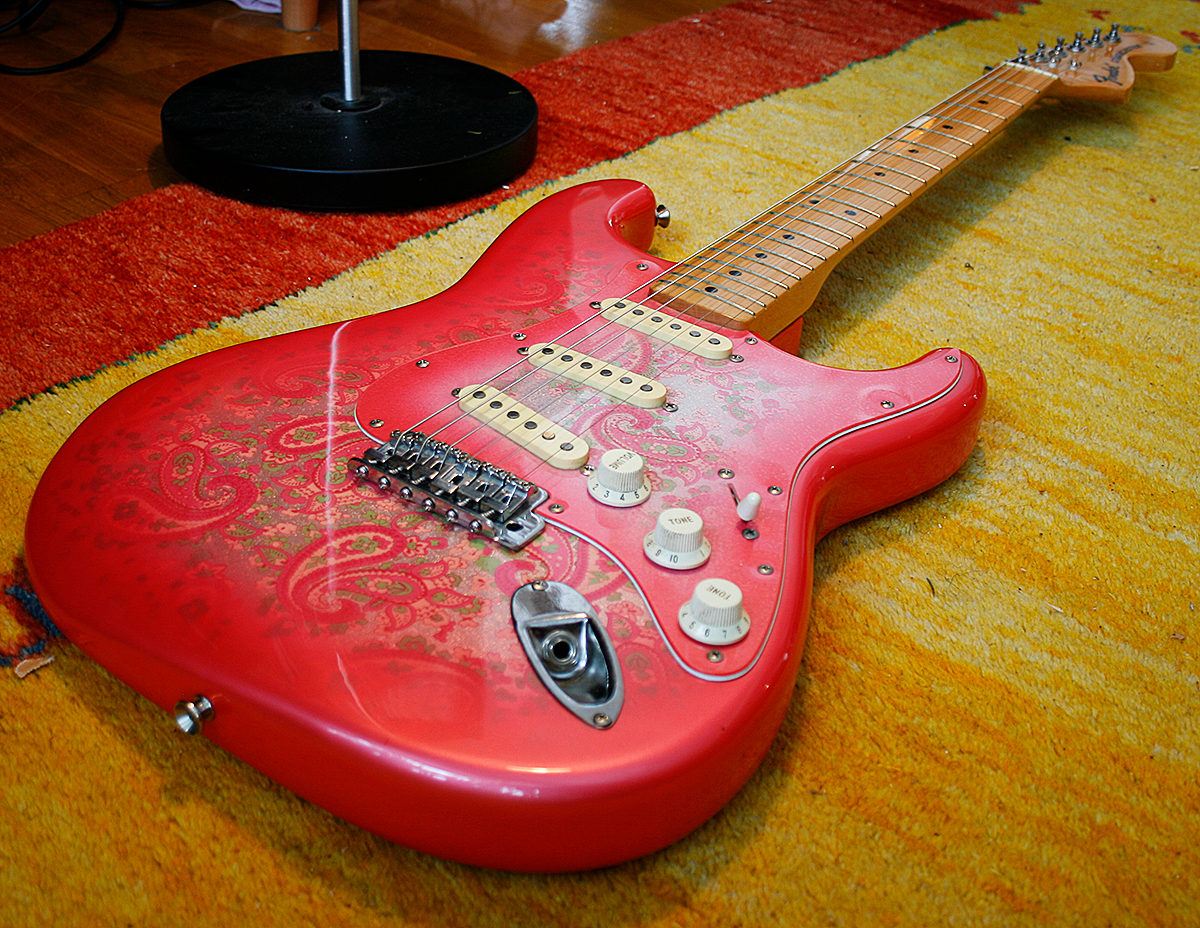In the late 1970s, Fender was facing competition from Japanese guitars. The higher-priced Fender guitars were made in the United States and could not compete directly with Japanese-made Fender copies. In Japan, Fender was also losing sales to Japanese guitar brands such as Tōkai, Greco and Fernandes.
Since Japanese labor and production costs were much lower than in the United States, Fender moved the lower-priced Fender guitar production to Japan and began negotiations with several Japanese musical instrument distributors.
In March 1982, Fender Japan, Ltd. was officially established as a joint venture between Fender, Kanda Shokai (神田商会) and Yamano Gakki (山野楽器).
Kanda Shokai is a musical instrument wholesaler that does not own any retail outlets of its own. Kanda Shokai also owns the brand name, Greco. One of the conditions in the Fender Japan agreement was that Kanda Shokai cease production of its Greco Fender copies. Yamano is another musical instrument wholesaler/retailer with its own retail outlets and was once a part of the Orville by Gibson venture. Neither company manufactures guitars, instead ordering them from Japanese guitar factories and distribute them through retail outlets. Yamano distributes through its own retail outlets and also various other retail outlets, while Kanda Shokai distributes through various retail outlets, including the Ishibashi chain of music stores in Japan.
The Japanese guitar factories that produced Fender Japan guitars at various times were FujiGen Gakki, Tōkai Gakki and Dyna Gakki.
Manufacturers
At the beginning of the Fender Japan venture, Tokai was seriously being considered as the manufacturer, but after a breakdown in negotiations, FujiGen Gakki was chosen instead.[1] Some FujiGen-made Fender Japan models between 1982 and 1996 have necks made by Atlansia.
Tōkai Gakki and Dyna Gakki took over the manufacture of the Fender Japan models in 1996/1997. The Tōkai-made Fender Japan guitars were not exported, but some of the Dyna-made Fender Japan guitars were. Dyna Gakki have made various guitars for Kanda Shokai’s Greco brand.
Terada made the Fender Japan acoustic guitars such as the Fender Catalina.
“Made in Japan” and “Crafted in Japan”
MADE IN JAPAN serial number
Crafted in Japan serial number
“Made in Japan” = FujiGen Gakki
“Crafted in Japan” = Others (Tōkai Gakki, Dyna Gakki)
According to a Fender representative, it was stipulated in the Fender Japan contract that if there was a change of manufacturer from FujiGen Gakki to another guitar factory, the production inscription in the guitar would be changed from “Made in Japan” (MIJ) to “Crafted in Japan” (CIJ). Most of the Japanese-made Fenders up until 1996/1997 were MIJ Fenders.
The first CIJ Fenders started around 1992, when Dyna Gakki took over some of the production requirements of Fender Japan. This resulted in the “Crafted in Japan” inscription appearing on some Japanese Fenders during this period. Dyna took over because FujiGen was expanding its own factory operations.
CIJ was used entirely on Japanese Fenders produced from 1996/1997 until 2015, after Tōkai and Dyna took over the Fender Japan manufacturing contract. The Fender Squier range was also brought in line with the Japanese Fenders at around the same time (1996/1997), with the CIJ inscription being used.
